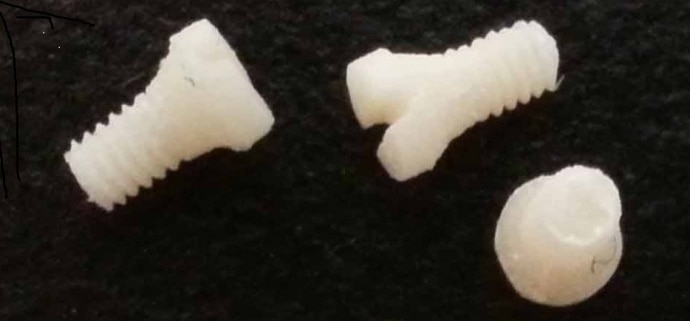
Biomedical engineers at Tufts University in Maryland have devised a method for incorporating RNA-based therapeutics into surgical devices such as screws, rods and plates used to support healing bone fractures that speed up the regeneration of healthy bone. The devices are derived from silk, and the therapeutic agents are incorporated into the structure during their manufacture.
One advantage of using devices made from silk is that they are absorbed into the body, leaving just healthy bone behind as part of the healing process. The team, comprising Eric James, David Kaplan, Emily Van Doran, and Chunmai Lee, coated the surface of the devices with a micro-RNA agent which suppresses the action of proteins that slow down bone growth. Known as anti-sense miR-214, the healing agent should not be regarded as a genetic therapy, they explain, because it is such a small fragment that, although it works by penetrating the cell wall, it does not need to enter the cell nucleus and change the function of that cell’s DNA for its activity.
The devices were made by casting a silk solution into a machined wax mould. The casting was then further machined to its final shape, a screw, plate or rod, and the device was loaded with therapeutic agent simply by dipping into a solution; silk tends to carry a negative charge, which assists with adhesion, the researchers say. The team studied the release of the micro-RNA using in vitro methods and found that it was released continuously over a period of seven days. In further in vitro tests, the team confirmed that the micro-RNA could downregulate proteins which discourage the formation of bone’s mineral matrix.
“Currently, many orthopaedic devices function in a satisfactory manner mechanically but are insufficient for osseointegration and vascularisation with surrounding bone formation. This leads to undesirable implant migration, loosening and ultimately mechanical destabilisation,” the researchers state in a paper published in the journal Tissue Engineering, Part A. The micro-RNA loaded devices avoid both of these problems, as the therapeutic agent promotes both integration into bone and the growth of new blood vessels, they claim.

Red Bull makes hydrogen fuel cell play with AVL
Formula 1 is an anachronistic anomaly where its only cutting edge is in engine development. The rules prohibit any real innovation and there would be...